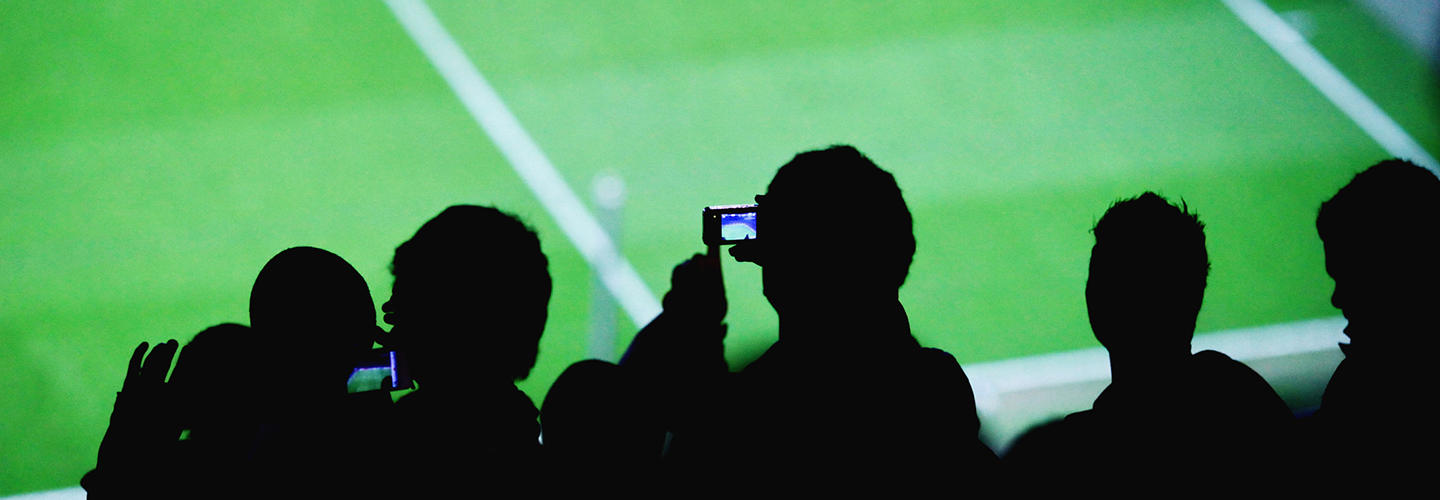How Sports Teams Give Fans the Experience They Demand
For sports teams, the most obvious way to give fans a great experience is to put a great team on the field or court.
“We need better pitching,” quipped Dave St. Peter, president of the Minnesota Twins, when asked what challenges his team faces in delivering a great fan experience, during a panel at the 2016 AXS Sports Facilities and Ticketing Symposium in Minneapolis. But ultimately, teams have more control over other elements of the fan experience than they do over wins and losses, so they pay great attention to those aspects of the sports business while also working to field strong teams.
A key element of success is connecting with fans, said Chris Wright, president of the Minnesota Timberwolves and Minnesota Lynx, who spoke on the panel with St. Peter. Teams have to work to understand their fans’ expectations and then try to meet them — from the courtside seatholder who paid $1,200 for his tickets to the fans in the upper deck who paid $12.
“In everything we’re doing, we’re trying to put the fan at the center of the decision we make,” Wright said.
Going Paperless
Several speakers on the panel explained how digital ticketing has helped teams greatly improve numerous aspects of the fan experience. Matt Caldwell, president and CEO of the Florida Panthers, said his team uses digital ticketing to get fans into games more quickly. By putting tickets on fans’ mobile devices, teams also can make parking and paying for concessions easier and more convenient.
Teams also use mobile apps and digital ticketing to gain a better understanding of who their fans are and how they behave. “Our database has exploded” since the Timberwolves implemented digital ticketing, Wright said. “We have all the data from our own ticket sales that we can use to connect with fans.”
Teams also are deploying larger-scale technologies to increase fans’ enjoyment of sporting events. For example, the Los Angeles Galaxy installed the biggest video board in Major League Soccer, said Chris Klein, the team’s president.
The Timberwolves and Lynx also installed a new digital video board, seven times larger than its predecessor. The teams produce high-definition content for use on the board during games, Wright said.
Another common technology deployment at stadiums is wireless networking to give fans access to the internet. Many teams and venues have implemented massive Wi-Fi networks to deliver connectivity, but new technologies may be coming into vogue, Klein said.
Many teams are looking into other technology options, such as distributed antenna systems to provide fan connectivity. For example, a new DAS project at Houston’s NRG Stadium is aimed at increasing network speed and bandwidth at the venue, which will host Super Bowl 51 in 2017.
To learn more about how teams deploy technology to deliver a better fan experience, read “Stadiums Boost Wi-Fi, Apps to Improve the Fan Experience — and Revenue.”








